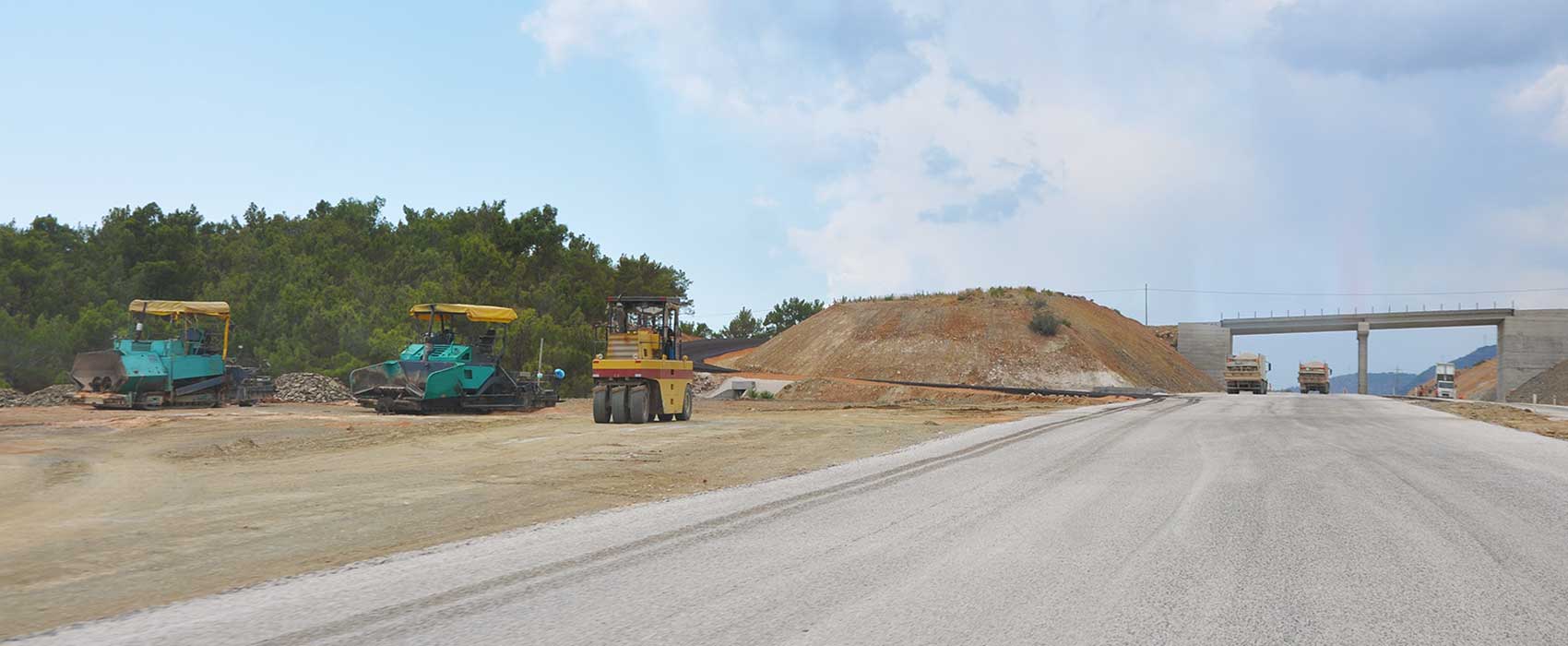
Digging for soft soil infrastructure solutions
University of Newcastle researchers have improved conventional soft soil testing to better support new infrastructure projects, reduce project delays, and save taxpayer money.
Transport and energy infrastructure projects – such as offshore platforms, pipelines, roads and rail – are increasingly being built on extremely soft sediments due to their proximity to Australia’s coastline.
Soft soils are particularly compressible, which can lead to large ground deformations or settlement during or after construction. This can compromise infrastructure quality and functionality, which not only poses safety risks but also has significant financial implications for governments and industry.
With a forecast investment of more than $100 billion to build up Australia’s infrastructure over the next 10 years, several industry sectors have a pressing need to improve the way we assess, plan and build soft-soil infrastructure projects.
The problem
The traditional practice used to retrieve soft soil samples for laboratory testing can cause significant disturbance to the natural soil, resulting in test results that are not representative of actual site conditions. Similarly, conventional testing to determine soil properties are often inappropriate for soft soils found along Australia’s coastline.
Poor knowledge about soft-soil sites can lead to inaccurate modelling in project design, significant project delays and increased costs.
One such example is the $600 million Ballina Bypass, which was part of the larger $12 billion Pacific Highway upgrade – the largest in Australia’s history.
The project would see the Ballina Bypass cross the Richmond River floodplain, which features some of Australia’s deepest and softest soils. At one stage of the upgrade, the 6.5m of road settlement measured during and post-construction contrasted with the 0.2m prediction in the original designs.
Battling bypass challenges
A deep desire to avoid similar outcomes led to the creation of the Ballina Bypass Alliance, which brought together experts from NSW Road and Maritime Services, Leighton Contractors, AECOM, Snowy Mountains Engineering Corporation and Coffey Geotechnics.
The alliance acquired land in the vicinity of the Ballina Bypass to establish a National Soft Soil Field Testing Facility (NFTF) to boost its knowledge and planning capabilities. With support from the Australian Research Council Centre of Excellence for Geotechnical Science and Engineering and led by the Geotechnical group at the University of Newcastle, the national testing facility was established in 2013 with the aim of:
- assessing the performance of novel soil sampling methods and in situ testing techniques against reference quality data
- assessing the efficacy of advanced ground improvement methods, to be used to reduce costs and construction times
- developing new engineering models to better predict how soft soils behave upon loading and the performance of infrastructure founded on such soils.
Research impact
University researchers in the Centre for Geotechnical Engineering and Science have used the NFTF to evaluate the performance of various techniques to retrieve soft soil samples. Through this process, they have proven that using the traditional (tube) sampling technique results in low quality specimens and poor design predictions.
The team also collaborated with Insitu Geotech Services, the Norwegian Geotechnical Institute and other partners to acquire and further develop novel soft soil samplers capable of retrieving high-quality specimens of soft soils.
The new sampling techniques proven through testing in the NFTF are now being used by Douglas Partners, Red Earth, Soil Engineering, Golder Associates, Cardno, Black Insitu Testing Pty. Ltd., Coffey Geotechnics, Soil Wicks, and IGS in a variety of projects across Australia, including road embankments, tunnels, ports and airports.
The research team has also tackled the issue of settlement along road embankments, which is a common issue due to the high compressibility of the foundation soil. This settlement can continue for years after construction, resulting in poor road quality and increased maintenance costs. Predicting the magnitude and rate of settlement is pivotal, but it’s no easy task.
To gauge the efficiency of existing methods – and make a case for new prediction methods – two trial embankments were constructed at the NFTF during 2013-2014 using different ground improvement techniques, with ongoing performance monitored and measured to evidence settlement over time and foundation soil response to the fill load.
The University of Newcastle facilitated ‘blind’ exercises on one trial embankment at the 2016 International Embankment Prediction Symposium. Results highlighted the difficulty that even highly experienced engineers using the same dataset face to accurately forecast settlement rates. A subsequent Computers and Geotechnics special volume published in 2018 now serves as a benchmarking reference for road settlement prediction methods.
Research outcomes have generated improvements in soft soil testing techniques which now better support new infrastructure projects, reduce project delays and provides cost-effective solutions.
Download the case study (PDF, 831KB)
More information:
Associate Professor George Kouretzis
+61 2 4055 3315
Centre for Geotechnical Engineering and Science
This is a prime example of how our University is at the forefront of providing solutions to major environmental issues.
Aligned with the United Nations Sustainable Development Goals
Read more research impact case studies
The University of Newcastle acknowledges the traditional custodians of the lands within our footprint areas: Awabakal, Darkinjung, Biripai, Worimi, Wonnarua, and Eora Nations. We also pay respect to the wisdom of our Elders past and present.

